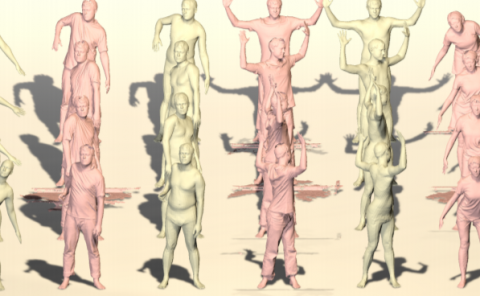Understanding, Modeling and Simulating Unintended Positional Drift during Repetitive Steering Navigation Tasks in Virtual Reality
PubDate: August 2021
Teams: University of Rennes;University of Central Florida
Writers: Hugo Brument; Gerd Bruder; Maud Marchal; Anne Hélène Olivier; Ferran Argelaguet

Abstract
Virtual steering techniques enable users to navigate in larger Virtual Environments (VEs) than the physical workspace available. Even though these techniques do not require physical movement of the users (e.g. using a joystick and the head orientation to steer towards a virtual direction), recent work observed that users might unintentionally move in the physical workspace while navigating, resulting in Unintended Positional Drift (UPD). This phenomenon can be a safety issue since users may unintentionally reach the physical boundaries of the workspace while using a steering technique. In this context, as a necessary first step to improve the design of navigation techniques minimizing the UPD, this paper aims at analyzing and modeling the UPD during a virtual navigation task. In particular, we characterize and analyze the UPD for a dataset containing the positions and orientations of eighteen users performing a virtual slalom task using virtual steering techniques. Participants wore a head-mounted display and had to follow three different sinusoidal-like trajectories (with low, medium and high curvature) using a torso-steering navigation technique. We analyzed the performed motions and proposed two UPD models: the first based on a linear regression analysis and the second based on a Gaussian Mixture Model (GMM) analysis. Then, we assessed both models through a simulation-based evaluation where we reproduced the same navigation task using virtual agents. Our results indicate the feasibility of using simulation-based evaluations to study UPD. The paper concludes with a discussion of potential applications of the results in order to gain a better understanding of UPD during steering and therefore improve the design of navigation techniques by compensating for UPD.

